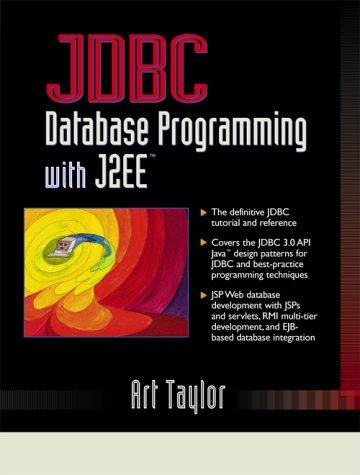Answered step by step
Verified Expert Solution
Question
1 Approved Answer
show how the answer below is shown in matlab 43. Many applications require us to know the temperature distribution in an object. For example, this

 show how the answer below is shown in matlab
show how the answer below is shown in matlab

Step by Step Solution
There are 3 Steps involved in it
Step: 1

Get Instant Access to Expert-Tailored Solutions
See step-by-step solutions with expert insights and AI powered tools for academic success
Step: 2

Step: 3

Ace Your Homework with AI
Get the answers you need in no time with our AI-driven, step-by-step assistance
Get Started


